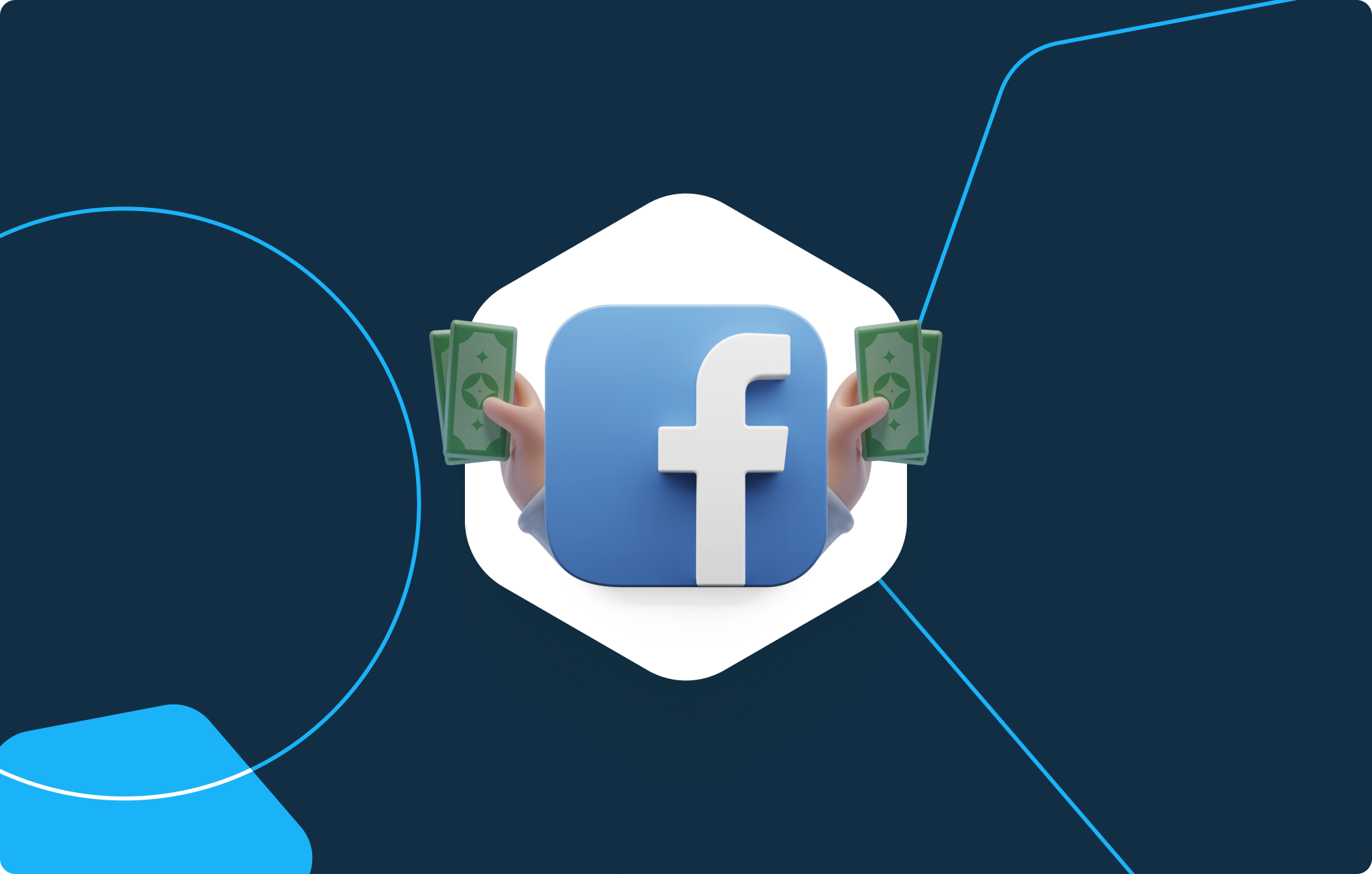This article was contributed by our technology partner, Carthook .
As eCommerce continues to transition from transaction-focused to relationship-focused, especially within the direct to consumer (or DTC) space, brands are working hard to make sure every aspect of their customers’ experience is seamless and relatable.
When merchants focus on telling compelling stories with their products, which ultimately leads customers to connect with brands on a deeper level, they create happier, more engaged shoppers.
So how can brands bring this level of customization to the entire customer journey? A big step is by taking control of the place that generally has the most potential customers leaving…the checkout flow.
There are two major components to the checkout flow, which can decide how many of your customers complete their purchase easily, and how many accept post-purchase upsell offers.
Part 1: The checkout page
If you ask eCommerce merchants where they’d like to see improvement in their store (and how to increase the conversion rate), most would say the checkout page. Entire industries are built around the need to reconnect with shoppers who decided not to complete their purchase.
Why not offer them an experience that’s simple and efficient? Not only will it lead to an increase in your overall conversion rates, but you’ll see NPS scores and the number of returning customers increase. By offering a painless experience, customers will happily return and they might even tell their friends and family.
Where to start?
There are a few elements that every high-converting checkout page needs to have, especially when you have a higher than normal amount of first-time customers. This is the make or break moment between an abandoned cart and a lifetime advocate.
First, bring your branding to your checkout journey. You’ve probably spent hundreds of hours building a gorgeous store with attention-grabbing photos, a recognizable logo, and a smart color palette. Have you given the same attention to your checkout page? Many brands’ checkout experiences feel like an afterthought, which leads to a vanilla experience for customers. Bring the same excitement from your homepage to the checkout page as well.
This goes for both the desktop and mobile versions of your checkout page. The majority of purchases by shoppers under 45-years-old happen on their smartphone or tablet. If your brand focuses solely on the desktop version of the checkout journey, you could be offering an experience customers won’t tolerate. Verify and test every aspect of the checkout experience, on desktop and mobile.
One quick way to offer a frictionless checkout page experience is to add an address auto-complete integration. Apps like Littledata allow shoppers to start typing their address and, based on their location, they can select their properly formatted address without having to manually fill in all the fields. Not only does this cut down the amount of time it takes to check out, but address auto-complete also cuts down on the number of orders that can’t be fulfilled or delivered.
Next, it’s time to make sure your customers can purchase in a way that’s most comfortable for them. The days of everyone having to fill out their credit card info are long gone, but many brands have been slow to adopt new accelerated payment methods like Apple Pay, Google Pay, or PayPal Express, which allow users to authenticate their payment information from a saved wallet on their device and have it auto-populate on the checkout page. This cuts down on the amount of time it takes to check out and removes the biggest barriers for completing a purchase.
For most established brands, having your tools fully integrated is key to getting accurate reporting and making sure your customers are rewarded properly. Refersion is a great example of an app that needs to be integrated to offer experiences your customers will love. Refersion calculates rewards based on the purchases your best customers are making or referring back to your store. With accurate tracking, you can make sure these affiliates are properly rewarded, which empowers them to keep promoting your brand.
The checkout experience doesn’t need to end with the checkout page. With a platform like CartHook , you can offer post-purchase upsells to your customers based on their initial purchase, which allows them to try a different product from your brand. Ultimately, that builds a stronger relationship with your store.
Part 2: The Upsell Page
Post-purchase upsells are now fairly common amongst established brands, and when done properly can turn into a valuable channel to grow Average Order Value and customer satisfaction.

But, a word of caution. Don’t abuse these offers, which will lead to unhappy customers. You want to connect with your customers, not make them feel spammed. Tread lightly with your post-purchase offers and keep them simple.
Here are a few tried and true methods that work well for brands of all sizes.
The best upsell offer is often the exact same thing the customer just bought, especially with the option to subscribe (if that makes sense for the product). Upselling to a subscription allows your customers to keep receiving an item they liked enough to buy without having to come back every 30, 60, or 90 days. From the business-side, it translates directly to recurring revenue and helps grow the lifetime value of that customers.
If your products don’t lend themselves to subscriptions, you can still offer the same product again, but with a slight discount. This empowers customers to gift the second item to a friend, which establishes a great word-of-mouth referral. Or they can keep it for themselves and establish a more long-term relationship with the brand. Everyone wins!
As you look to increase the number of products your customers are purchasing, it’s important to remember that these additional sales need to be tracked and attributed properly. That’s why you can use CartHook and Refersion together, so partners are rewarded for all their sales , even those that happen after the initial purchase.
No matter how many products are purchased, or at what stage of the customer journey, Refersion and CartHook can accurately attribute every sale.
To sum it up
You’ve already invested time and resources to build your brand and gain a following. Don’t miss the mark by failing to optimize your shoppers’ journey through the checkout page and post-purchase upsells. And make sure everything you built is working as you intended, so your customers will make purchases and come back to shop throughout the year.
Learn more about Refersion’s integration with Carthook.



